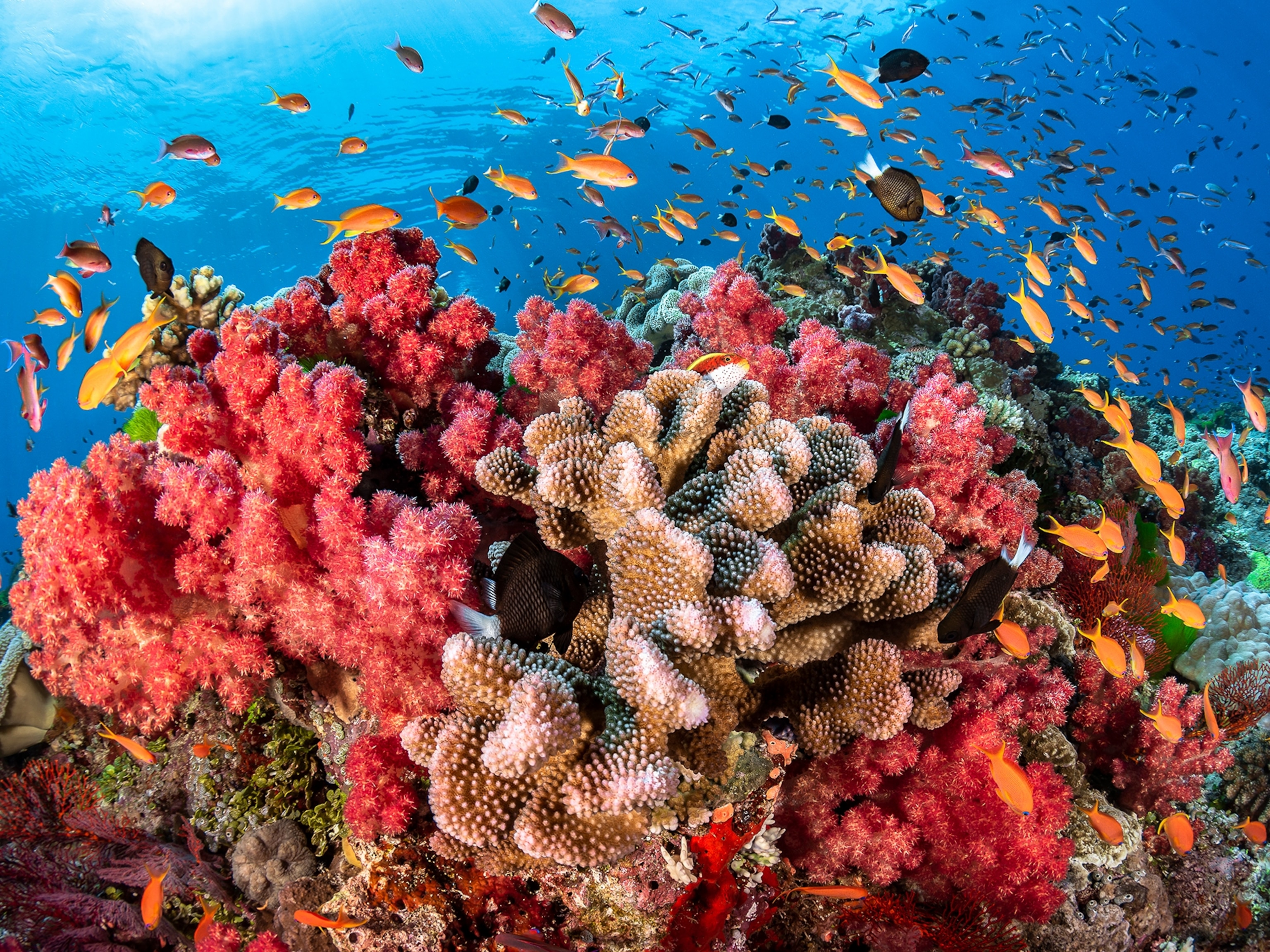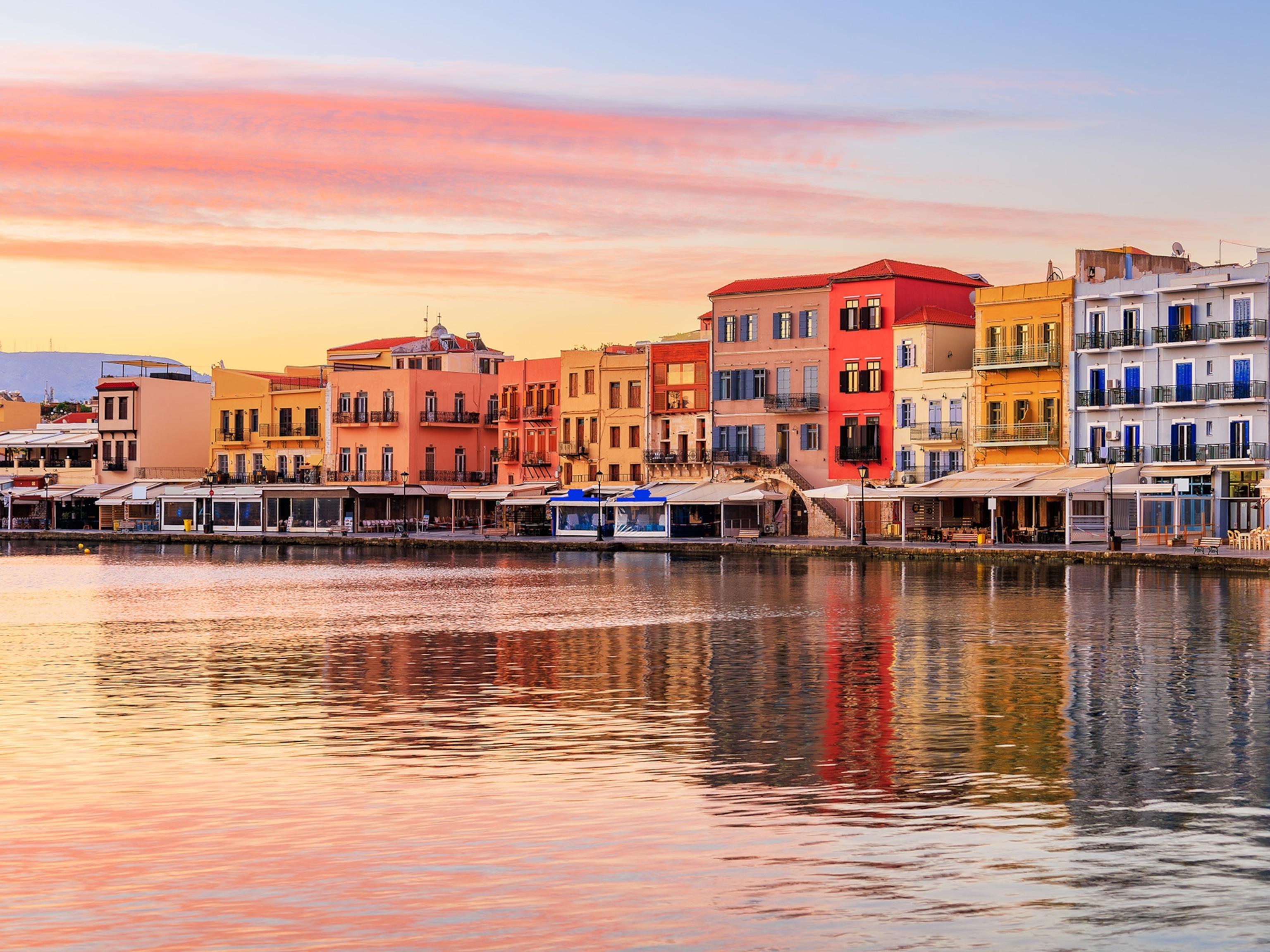
Does Rhubarb Deserve Its Killer Reputation?
Rhubarb is next to impossible to kill.
Here in northern Vermont, rhubarb is about the first thing that pops up in our garden in the spring—and that’s not due to us; over the years, we’ve inadvertently squashed it, stepped on it, weed-whacked it, and even mowed it down with the tractor. And still it survives. Rhubarb is tough. In my experience, it’s the botanical equivalent of The Cat Came Back.
This may have something to do with rhubarb’s chilly center of origin in east Asia—most likely, botanists guess, in inhospitable Mongolia. Marco Polo, on his famous 13th-century journey to Cathay, noted it growing “in great abundance” in the mountains of northwest China. Today it thrives in Siberia, Canada, Alaska, Michigan, and Maine, none of which is noted for climates for the faint-hearted. While rhubarb seldom makes anybody’s favorite fruit list (it’s not a fruit, but we treat it that way), should we be socked with a new ice age, indomitable rhubarb will almost certainly still be around.
(Four Things You Didn’t Know About Rhubarb)

Like eggplant and bitter melon, rhubarb was first adopted by the Chinese as a medicine: ancient Chinese and, later, Greeks and Romans all used the dried roots as a laxative. The Romans may have imported theirs from Russia. Rhubarb’s scientific name, Rheum rhabarbarum, is said to derive from the Latin Rha, the ancient name for the Volga River, whose banks were once a rich source of rhubarb, and barbarum, meaning barbarous, which shows what the Romans thought of the Tartars. During the medieval period, it was imported into Europe from Asia via the Silk Road; upon arrival, it cost even more than such pricey substances as cinnamon, saffron, and opium.
Nobody considered actually eating rhubarb for another several centuries—and perhaps sensibly so, since the leaves are poisonous and the raw red or green stalks are sour enough to set teeth on edge. The chemical villain in rhubarb leaves is oxalic acid, a compound also found in Swiss chard, spinach, beets, peanuts, chocolate, and tea. Chard and spinach, in fact, contain even more oxalic acid than rhubarb—respectively, 700 and 600 mg/100 g, as opposed to rhubarb’s restrained 500. Rhubarb’s killer reputation apparently dates to World War I, when rhubarb leaves were recommended on the home front as an alternative food. At least one death was reported in the literature, an event that rhubarb has yet to live down.
Oxalic acid does its dirty work by binding to calcium ions and yanking them out of circulation. In the worst-case scenario, it removes enough essential calcium from the blood to be lethal; in lesser amounts, it forms insoluble calcium oxalate, which can end up in the kidneys as kidney stones. In general, however, rhubarb leaves don’t pose much of a threat. Since a lethal dose of oxalic acid is somewhere between 15 and 30 grams, you’d have to eat several pounds of rhubarb leaves at a sitting to reach a toxic oxalic acid level, which is a lot more rhubarb leaves than most people care to consume.
People first bought into rhubarb as a food plant in the early 1800s, when British plant breeder Joseph Myatt discovered that—diced, stewed, and laced with lots of sugar—sour rhubarb stalks could be rendered scrumptious. In 1837, the year of Queen Victoria’s coronation, he followed this up by introducing a new, sweeter, and notably delicious rhubarb cultivar, which he named “Victoria” in honor of the new young queen. (For would-be growers, Victoria rhubarb is still available.) Rhubarb cookery was soon all the rage, with a proliferation of recipes that included rhubarb tarts, compotes, fools, cakes, custards, jams, jellies, and wine.
Like celery, the rhubarb stalk is actually a petiole, a chunky, beefed-up version of the skinny sub-stem that connects a leaf to its parent branch. This, incidentally, means that rhubarb, botanically, is a vegetable, rather than fruit, which last results from the fertilized ovary of a flower. (See Is a Tomato a Fruit?) Edible parts of plants that are not fruits are deemed vegetables, such as leaves (lettuce), roots (carrots), stems (asparagus), and petioles (rhubarb). In spite of biology, however, in 1947, a New York court ruled that rhubarb was a fruit, based on its common culinary use in dessert, as in strawberry-rhubarb pie.
Benjamin Franklin is generally credited with introducing rhubarb to America, since he shipped some samples to American botanist John Bartram in 1771, though at the time, Franklin was clearly thinking of rhubarb in terms of medicine, not pie. Alternatively, Thomas Jefferson may have brought edible rhubarb to American gardens, though here even the usually precise Jefferson is confusing, describing “esculent rhubarb” with “leaves excellent as Spinach.” In other words, whatever he was eating, it sounds like salad, not stewed rhubarb stalks.
By the 1830s, however, rhubarb, sweetened and stewed, had clearly caught the public fancy, since its common American nickname was “pie plant,” from its popularity as an ingredient in pies. One mid-century cookbook describes “Rhubarb or Pie Plant” as “the greatest of spring luxuries” but warns about the price of added sugar: “for stewing or pies, no spice is required, but sugar may be put in as long as your conscience will let you, and a handful afterwards.”
Today, polls show that the all-American apple still rules the roost as the country’s favorite pie—but a springtime strawberry-rhubarb often comes in second best, nudging out pumpkin, cherry, blueberry, and key lime.






